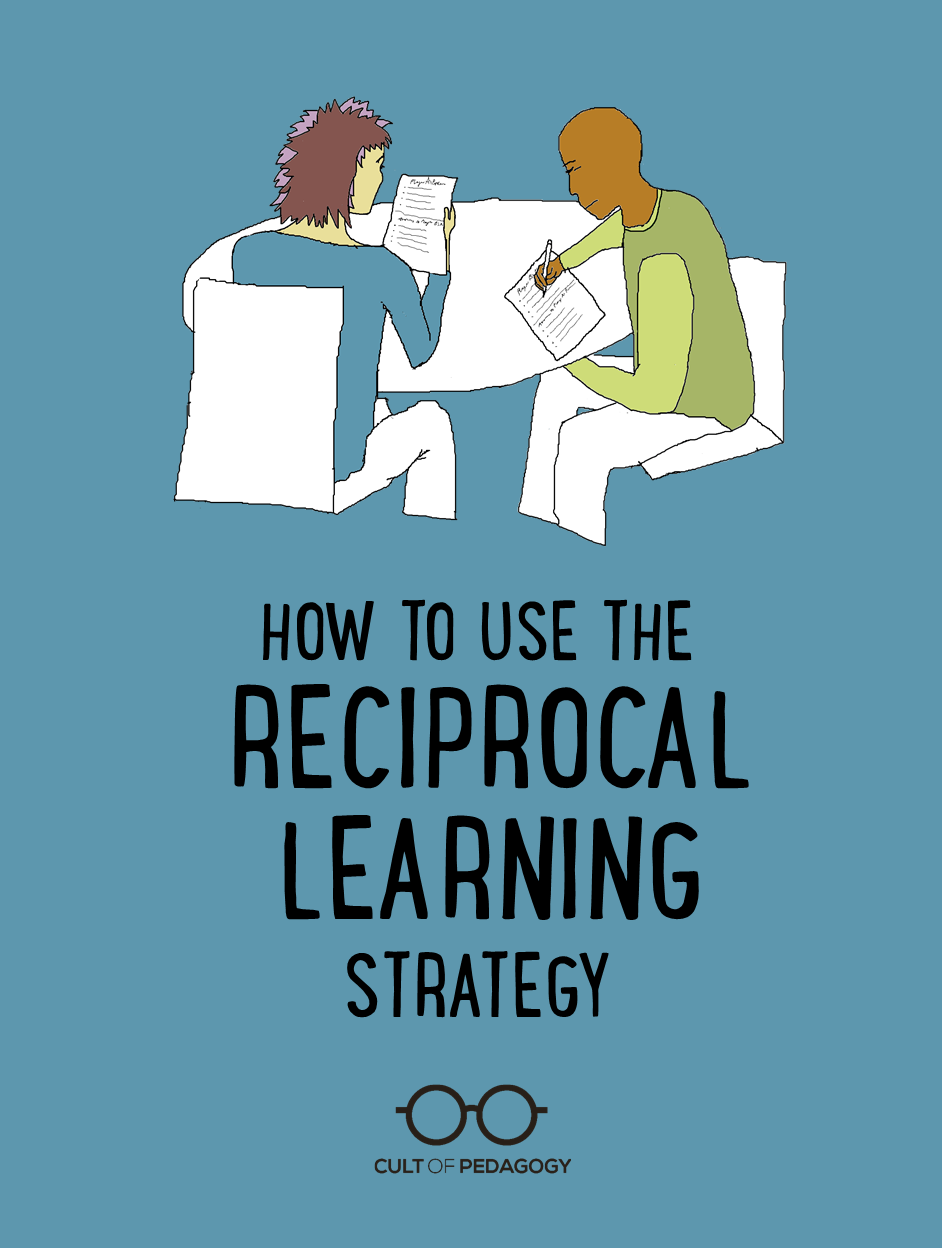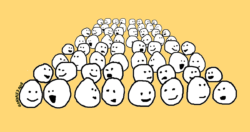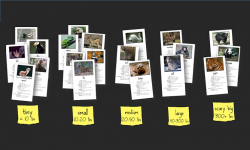
So you just taught your students something new. Maybe it’s a math operation, a bit of music theory, or the conjugation of an irregular verb form in Spanish. Now you’re ready to get them practicing. One standard approach is to assign written exercises. Fine. That’s perfectly fine. Except when it’s not, because you do it every day, and students are dying to interact more, move more, talk more, do something else.
Last fall, I showed you how to take written exercises and build in more movement and interactivity with Chat Stations. Now, I offer another alternative: Reciprocal Learning, a cooperative structure that takes “working in pairs” up a notch.
It goes a little something like this:
- Every pair consists of a “Student A” and a “Student B.”
- Each student has their own set of problems or exercises to work on. Here’s the twist: Student A has the answers to Student B’s problems, and Student B has the answers to Student A’s problems.
- Students take turns coaching each other through the problems, not giving the answers, but helping their partner reach the correct answer on their own.
This arrangement, if done right, will help students become more self-directed, increase academic gains, and improve the quality of social interactions.
Here’s a quick demonstration:
Reciprocal Learning is one of twenty research-based strategies outlined in Silver, Strong, and Perini’s excellent book, The Strategic Teacher: Selecting the Right Research-Based Strategy for Every Lesson (Bookshop.org | Amazon).
The book also describes two variations on this strategy. The first is Peer Reading, where students take turns answering response questions to a long piece of text. The second is Peer Problem Solving, where each person has a single, complex problem to solve. What’s cool about this variation is that all the “A”s and all the “B”s meet beforehand in a “coaches’ meeting” to work through the steps of their partners’ problem and strategize for the best ways to coach their partners through it.
If you like Reciprocal Learning, take a look at my overview of Concept Attainment, another strategy from this book. Although many of the techniques in the book have simple-sounding names — which makes people think they understand the strategies without really studying them — they have much more structure and complexity than their names imply. For teachers who are visual or kinesthetic learners, reading the book’s description of the techniques sometimes doesn’t quite get the job done, which is why I’m putting these videos together: The strategies are too good to go unused.
Try it out and let me know what you think — and as always, if you have tips to share or questions to ask, add them in the comments section so we can all learn together. ♦
Join our mailing list and get weekly tips, tools, and inspiration that will make your teaching more effective and fun. You’ll get access to our members-only library of free downloads, including 20 Ways to Cut Your Grading Time in Half, the e-booklet that has helped thousands of teachers save time on grading. Over 50,000 teachers have already joined—come on in.





I teach HS chemistry and I struggle with this every day. I really like this strategy, and I want to implement it. Any suggestions on how to implement it in a class where students interpret “working together” as meaning, “we each do half and copy the half we didn’t do from our partner”?
Hi Donna,
I think to succeed with this strategy, it would help to do a fishbowl demonstration first. Make some sample sheets with really basic, easy questions on them and have two volunteers go through the steps while the rest of the class observes. And be super vigilant the first few times you use it — walk around and really coach the coaches. If you try it, come back and tell me how it went!
Give each pair of students a single sheet of paper for their answers. This “forces” students to collaborate rather than divide and conquer. It cuts grading time in half and encourages partners to contribute and take responsibility for all answers.
Reciprocal learning is a powerful strategy for serious peer support and self evaluation. I use this strategy with teachers in our department meetings as well. There are easy to follow protocols that are quite effective. The feedback and reflections are worth ever bit as much as responses to test prompts!
What an awesome idea, to use it with teachers as well. Thanks for mentioning that, William!
Thanks for this Jennifer! I learned about Reciprocal Learning in a Grad course but never quite got it. I realize now, we were trying it with new material. It was totally confusing! I could definitely see using this with my elementary music students. Great post, thanks again 🙂
Hi Jennifer, I’m very keen to offer effevtive ideas to develop marking for improvement. I don’t think there is enough emphasis on the learning that needs to take place. Teachers need to place serious value on dev Ss properly on this area. What have you used in the past?
Hi, Eileen! I work for Cult of Pedagogy–thanks for your question. I think Jenn’s post and interview with Joe Hirsch called Moving from Feedback to Feedforward will be just what you need!
https://www.cultofpedagogy.com/feedforward/
Hope this helps!
I teach 2nd grade. I am a visual learner so it would be so helpful to see real students demonstrate some of these strategies in order to adapt them in my classroom! I love your Podcasts!!❤️
Thanks, Anne — I’ll be sure to share with Jenn. Glad you’re enjoying the podcasts!
Check out the cooperative learning strategy called “Rally Coach”, developed by Kagan Cooperative Learning.
Reciprocal Learning is very similar.
Works fantastically well and students gain skills in coaching – where much real learning takes place.
We use reciprocal teaching in PHE (physical and health education). I have never thought about bringing that style (although we do many peer assessments etc.) of coaching/instruction. I definitely plan on incorporating this method into my grade 7 classroom. Thanks for the great info.
Hi Jenn,
Thanks for all you share! I’m curious how best to handle 2 students that are teamed together and both struggle to understand the concept.
Hi, Reggi! One great way to support students who are still developing their understanding of the content is to provide targeted support when they are in the coaching role of the reciprocal learning strategy. The short video that is embedded in the post explains this in a little more detail.
Also, in the paragraphs following the video, Jenn mentions a variation to the strategy that involves a “coaches’ meeting” where you can work with students to think through their partners’ problem and brainstorm the best ways to coach their partners through it. This could provide an additional scaffold for learners who are still building their mastery of the concept or skill. I hope this helps!